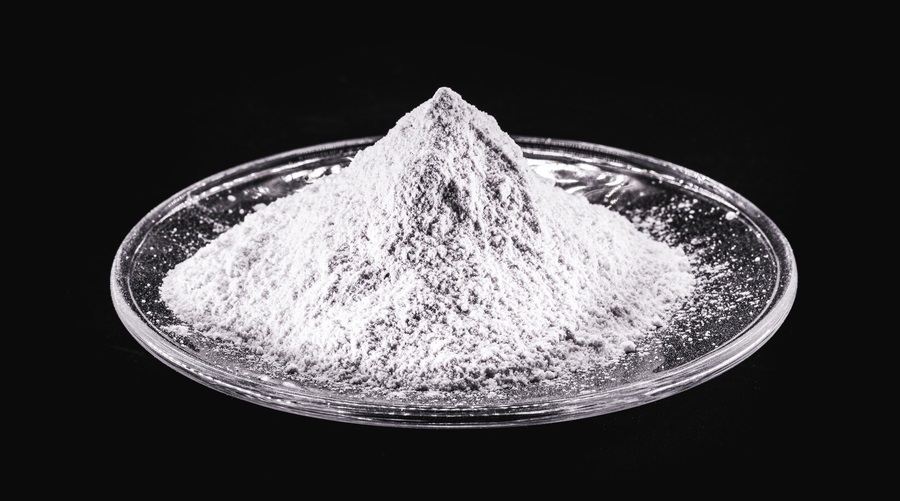Staff Writer | March 9, 2023

White phosphorus. (Image by MIT).
MIT chemists have devised an environmentally friendly way to generate white phosphorus, a critical intermediate in the manufacture of products such as herbicides, lithium-ion batteries, and even soft drinks.

In a paper published in the journal ACS Central Science, the researchers note that their approach, which uses electricity to speed up a key chemical reaction, could reduce the carbon emissions of the process to convert phosphate to white phosphorus by half or even more.
The new process reduces the environmental footprint of white phosphorus production in two ways: It lowers the temperatures required for the reaction, and it generates significantly less carbon dioxide as a waste product.
Lead authors Jonathan “Jo” Melville and Andrew Licini said in a media statement that when phosphorus is mined out of the ground, it is in the form of phosphate, a mineral whose basic unit comprises one atom of phosphorus bound to four oxygen atoms. About 95% of this phosphate ore is used to make fertilizer. The remaining phosphate ore is processed separately into white phosphorus, a molecule composed of four phosphorus atoms bound to each other.
Converting those mined phosphates into white phosphorus accounts for a substantial fraction of the carbon footprint of the entire phosphorus industry. The most energy-intensive part of the process is breaking the bonds between phosphorus and oxygen, which are very stable.
Using the traditional “thermal process,” those bonds are broken by heating carbon coke and phosphate rock to a temperature of 1,500 degrees Celsius. In this process, the carbon serves to strip away the oxygen atoms from phosphorus, leading to the eventual generation of CO2 as a byproduct. In addition, sustaining those temperatures requires a great deal of energy, adding to the carbon footprint of the method.
“That process hasn’t changed substantially since its inception over a century ago. Our goal was to figure out how we could develop a process that would substantially lower the carbon footprint of this process,” Yogesh Surendranath, senior author of the study, said. “The idea was to combine it with renewable electricity and drive that conversion of phosphate to white phosphorus with electrons rather than using carbon.”
To do that, the researchers had to come up with an alternative way to weaken the strong phosphorus-oxygen bonds found in phosphates. They achieved this by controlling the environment in which the reaction occurs. The researchers found that the reaction could be promoted using a dehydrated form of phosphoric acid, which contains long chains of phosphate salts held together by bonds called phosphoryl anhydrides. These bonds help to weaken the phosphorus-oxygen bonds.
Normally, when they run an electric current through these salts, electrons break the weakened bonds, allowing the phosphorus atoms to break free and bind to each other to form white phosphorus. At the temperatures needed for this system (about 800 C), phosphorus exists as a gas, so it can bubble out of the solution and be collected in an external chamber.
The electrode that the researchers used for this demonstration relies on carbon as a source of electrons, so the process generates some carbon dioxide as a byproduct. However, they are now working on swapping that electrode out for one that would use phosphate itself as the electron source, which would further reduce the carbon footprint by cleanly separating phosphate into phosphorus and oxygen.
With the process reported in this paper, the researchers have reduced the overall carbon footprint for generating white phosphorus by about 50%. With future modifications, they hope to bring the carbon emissions down to nearly zero, in part by using renewable energy such as solar or wind power to drive the electric current required.
No comments:
Post a Comment